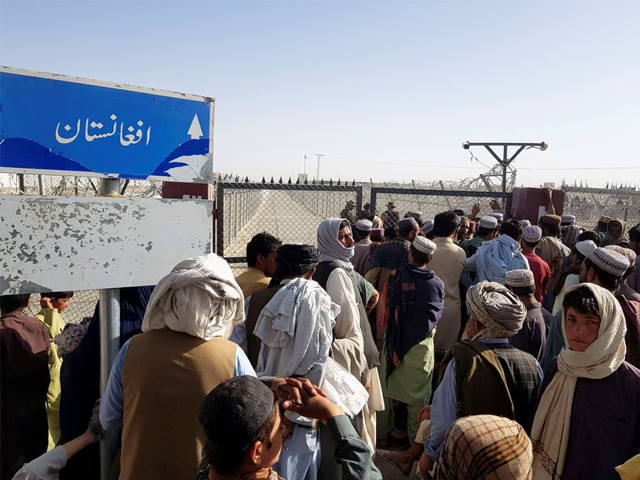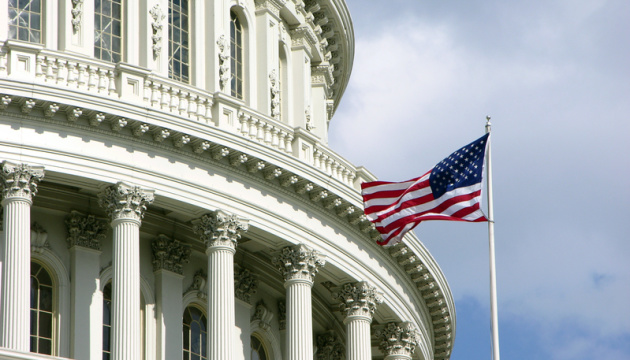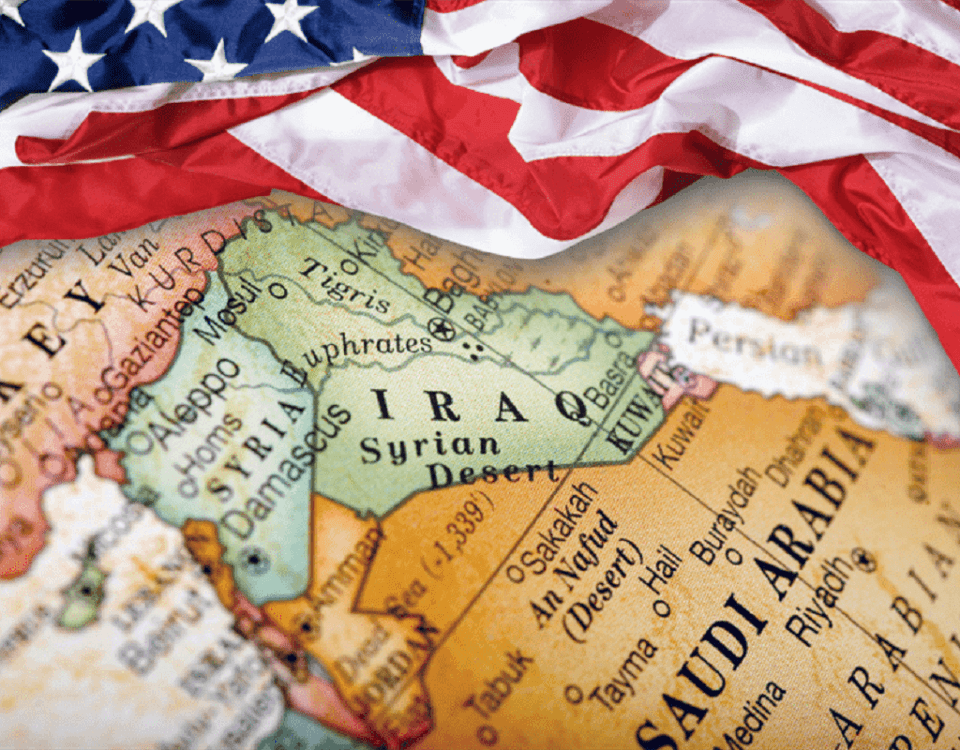
Damascus, Marking a New Garden of Remembrance of the Iranian Generals
January 5, 2024
Pakistan’s Economy Crunch and Way forward
January 7, 2024
Basit Ali
Pakistan has faced intense media criticism since October 2023, when the government decided to arrest and deport all illegal immigrants, including those from Afghanistan, as a step to safeguard national security. Pakistan’s move was widely criticized by diplomatic and media circles worldwide for being indifferent and callous. Is that the case? A cursory examination of Afghan refugee crises since 1979 and present security events proves that not only current assertion about Pakistan’s decision to repatriate illegal immigrants, including Afghan nationals, is wrong, but India’s track record in this regard must be brought into light for the world to see how a country that claims to be world’s largest democracy and is world’s 5th largest economy has acted towards the plight of Afghan refugees.
Afghanistan has been in a state of war or internal conflict for the last 4 decades. Soviet invasion, Civil War 89-92, Taliban insurgence 92-2001, and WoT in Afghanistan after 9/11 created a historic refugee exodus from Afghanistan, and the majority of these refugees moved to Pakistan to seek protection. Pakistan has been hosting more than 3.5 million Afghan refugees since the early 1980s. UNHCR and Pakistan entered into a formal agreement about people fleeing from Afghanistan, according to which these people will be declared as “Refugees” eligible to dwell, earn, and have access to social services till 1998. Once this agreement period ended, Pakistan began the process of registering Afghan nationals on its soil.
Post 9/11, Afghanistan emerged as a launching pad for multiple foreign-funded insurgent and terrorist organizations targeting Pakistan’s northwestern provinces. Pakistan’s ongoing war on terror was the outcome of these actions by hostile state and non-state actors. Pakistan restored peace after paying a hefty price in terms of human and capital losses. After the US withdrawal in 2021, a new wave of terrorism hit Pakistan. Investigations revealed the involvement of Afghan citizens in these attacks. Pakistan initiated strong security measures, including giving a deadline to illegal Afghan refugees on Pakistani soil.
Approximately 1.7 million Afghan refugees needed proper documents/identification data in Pakistan. After the deadline finished, Pakistan initiated the expatriation process for these people who had been staying here without any visa, permission, or documentation. No state would allow any illegal immigrant on its soil. The current action is only against illegal immigrants, while those with proper registration can stay.
The target of a media campaign against Pakistan was to create a wedge between Pakistan and Afghanistan. Indian media outlets spearheaded this campaign as it was a perfect opportunity to target Pakistan by distorting facts. For the last four decades, Pakistan has hosted the world’s largest single population of Afghan refugees. No country has done this with such meager resources. This simple fact is being concealed in an ongoing media campaign against Pakistan’s decision.
On the other hand, if one looks at how India has treated the same Afghan refugees, it presents a very bleak picture. The unnecessary hype of the repatriation issue of illegal Afghan immigrants by Pakistan is a desperate attempt to regain the foothold in Afghanistan lost after the closure of the Afghan embassy in India, the denial of visas to Afghan students, and the refusal to accept an IAG envoy for India. Some facts about the status of Afghan refugees on Indian soil also ascertain this assertion.
After the USSR invaded Afghanistan, India housed only 20,000 Afghans on its soil but never gave them refugee status. Only 11,000 were registered as asylum-seekers. The UNHCR data also shows that currently, the same number of Afghans are there in India, but more than 65% of these (~13000) are Afghan students and military trainees stuck there since 2021 without any legal cover. After the US withdrawal, only 60,000 Afghans opted to take asylum in India, and ironically, India granted only 200 e-visas by December 2021, practically denying the majority the opportunity to get out of Afghanistan.
Instead of abiding by UNHCR guidelines for refugees regarding their right to earn economic means and access to essential social services, India deals with these people under the Foreigners Act 1946, which does not recognize the rights of asylum seekers to access social services or protection from persecution. On the contrary, Pakistan, although not a signatory of the 1951 Refugee Convention, grants Afghan nationals a legal status, making them eligible to access essential social services, including education and health.
Poor treatment towards Afghan refugees in India was also revealed by a 2023 report by the International Journal of Creative Research Thought (IJCRT), citing UNHCR data as follows:-
- Only around 25% of Afghan refugee children attend school.
- Only around 20% of Afghan refugees in India are employed.
- Over 50% of Afghan refugees in India have no access to healthcare.
- Afghan refugees in India also face discrimination and harassment due to their ethnicity, religion, and language.
Keeping in view the above, global media must assess the entire situation regarding Pakistan’s decision to repatriate illegal Afghan nationals from a legal and security perspective. Meanwhile, Kabul must be aware that BJP-led India’s anti-Muslim policies at home contradict the fundamental ideals of IEA.
The writer is a Research Associate in Political Economics Security at the Islamabad Policy Research Institute (IPRI).






